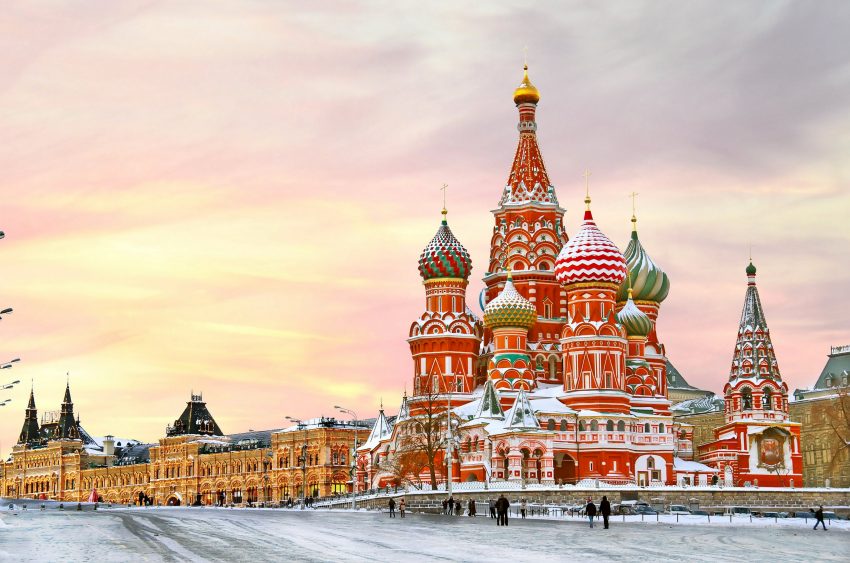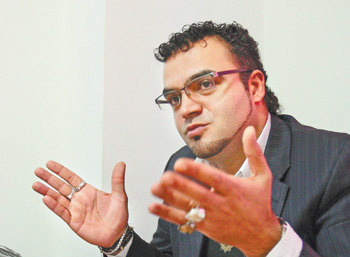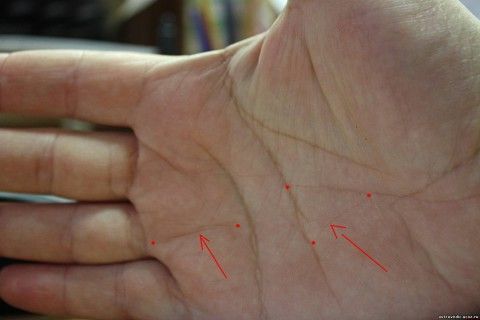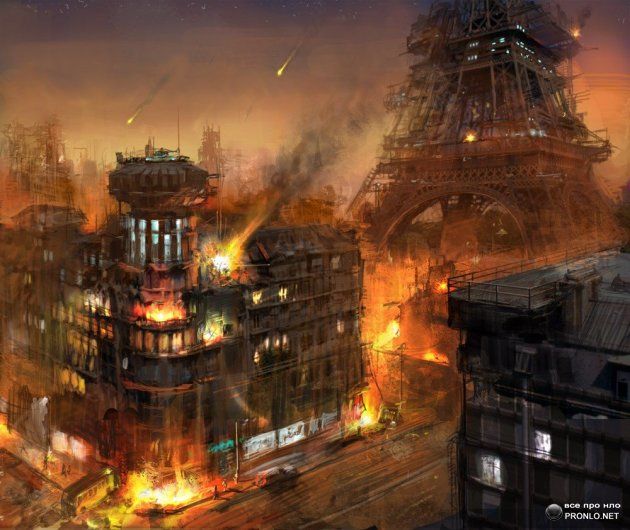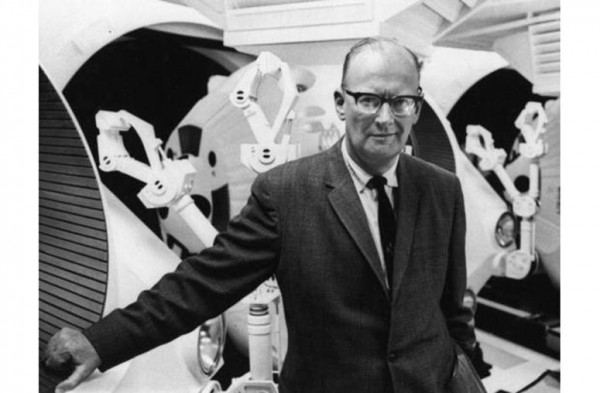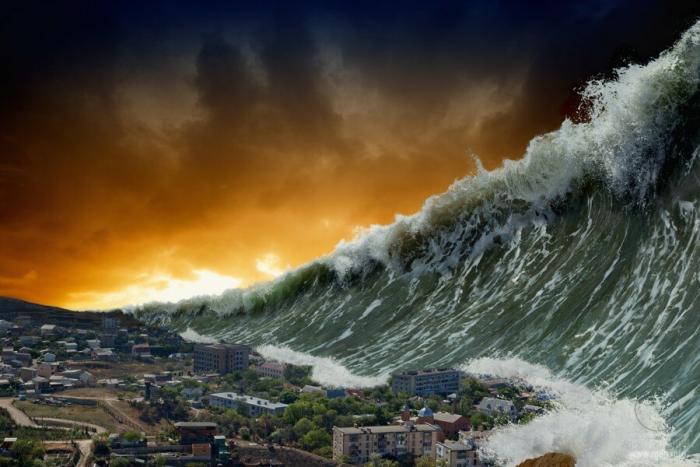By 2110, humanity will completely disappear from the face of the Earth.
Australian professor, eminent epidemiologist Frank Fenner said that the world community will not live to see the XXII century.
– In a century – by 2110 – humanity will completely disappear from the face of the earth, – says the famous Australian scientist Frank Fenner in the London media. “The reason is that ancient human societies were characterized by increased stability, while today’s global civilization is not. Thus, the Australian Aborigines proved that without modern achievements of science they can survive for 40-50 thousand years. However, today’s society, due to its economic and social activities, has put homo sapience on the brink of extinction.
According to Fenner, the main threat to the existence of mankind is unbridled consumption, a sharp increase in the population of the earth, and rapid climate change due to global warming. “The industrial revolution and industrialization gave rise to an era that, in terms of its impact on the planet, is comparable to the consequences of the ice age or the impact of the Earth with a large comet,” the scientist emphasized.
The professor added: “Together with mankind, a large number of different animal species will die out.”
“I think this is an irreversible situation. I’m not saying this because there’s something else that’s allowed to be done. People can only delay the inevitable for a period. Climate change is just beginning, but its irreversible nature is already clear. The human race will disappear just as the sea of animal species before it disappeared.”
Frank Fenner, 95, is world famous for his work in the field of microbiology. He became famous for being one of the people who put an end to smallpox in the 1980s. Now the professor is also dealing with the problems of human survival as a biological species.
Regarding the reasons for his current speech, Frank Fenner noted that he “does not aim to force a change in the civilizational model of humanity, which continues to follow the path of its own biological collapse despite numerous warnings.”
Last year, the world’s population, according to UN estimates, amounted to 6.8 billion people. The world’s population will exceed 7 billion next year.
FROM THE TS ARCHIVE
If all people suddenly disappear from the Earth
Will the planet disappear without our supervision? Not at all, scientists answer, on the contrary, she will noticeably get prettier.
New Scientist magazine asked famous forecasters to imagine a fantastic situation: all 6.5 billion inhabitants of the Earth in an instant are transported somewhere to another galaxy – teleported. Not a soul on the planet. In extreme cases, there is only one left – like the immortal Duncan MacLeod. Watch what will happen. And what will he see? How many years does it take for there to be no trace of human presence on Earth?
End of the world
“Visible changes will be visible in the next 24 hours,” says Gordon MASTERTON, president of the British Institute of Civil Engineers. – The lights will go out. After all, there will be no one to replenish fuel supplies at power plants. Nuclear power plants and hydroelectric power plants will work for some time in automatic mode. But without human participation in the regulation of consuming networks, accidents will occur. Water pumps will stop, sewerage and purification systems will stop working, and all equipment will stop working. In a week or two, a maximum of a month, the planet will finally plunge into darkness. And in some places in the slop. (Recall the recent sewerage accident in western Moscow, caused by a power outage. – Approx. ed.)
In the meantime, even from orbit, you can see how the Earth sparkles with trillions of light bulbs – environmentalists call their radiance light pollution. In some countries it is extremely intrusive – the starry sky is not visible. In Japan, for example, almost the entire territory is artificially lit. Which is not good for nature.
And the walls will fall
Although modern buildings are designed for at least 60 years, bridges for 120, and dams and dams for 250, but without proper care, they will become completely unusable much earlier. According to experts, in a couple of decades, hurricanes and just bad weather will only speed up the process. An example of this is the city of Pripyat, abandoned by people after the Chernobyl disaster.
“It’s only been 20 years,” says Ronald CHESSER, a biologist at the University of Texas, “and the city has changed a lot. And only from a distance looks “as if alive.” I have been there many times: wooden houses fell, the roofs of concrete and brick structures, especially factory ones, sank and collapsed in places, collapsing the walls behind them, the windows burst. Bridges will soon collapse. And arched and vaulted structures will last the longest.
“Even when all the buildings on Earth collapse, the freeways crack and crumble, there will be ruins,” Masterton says. “And it will take several thousand more years for the erosion from the wind and the flow of water to erase the traces of all that we have built. Now you can find almost complete structures, and recognizable remains, which are more than 3 thousand years old.
Almost 500 Chernobyls
“There is no need to worry about the fate of radioactive waste,” says Rodney Eaving, a geologist from the University of Michigan (USA), “their storage facilities are designed for many thousands of years. But 430 nuclear power plants operating around the world will explode, like in Chernobyl. After water evaporates from the cooling systems of nuclear reactors, they melt. Although the harm from such disasters will not be horrendous, as some think.
“The Chernobyl zone shows us the amazing ability of nature to heal itself,” Chesser agrees. “I expected to see a radioactive desert there. But the local ecosystem appears to be thriving. Of course, rats, mice, and dogs bred first. But in a few years, the local fauna suppressed all this rabble. Now there are 15 times more wild animals in the Chernobyl zone than outside it, full of wild boars, wolves and other large predators.
Wherever you look – a dense forest
So, it took only 20 years of desertion for life to improve in a single place. At about the same rate, other ecosystems will begin to revive. Faster – in warm and humid regions. But even in the cold North or South, things will not drag on. After all, the person messed up there less. Mainly roads and clearings for pipelines. Canadian environmentalist Brad STELFOX has modeled on a computer the “without human” future of northern Alberta. It turned out that in 50 years, forests will cover 80 percent of its territory. For 200 years – almost all. And now semi-wild Siberia, probably, will grow even faster.
However, it will take many centuries for nature to “heal” the vast areas occupied by parks, in which there are one or two types of trees. And agricultural land. And some ecosystems will not recover at all.
David WILCOM, a biologist at Princeton University, gives the example of the Hawaiian Islands, where the forests are “blocked” with grass that regularly burns and prevents trees from growing.
What will happen to the pets?
“They’ll run wild, of course,” Chesser replies. – The division into breeds will disappear. Populations will also decline. For example, now on Earth there is an excess of sheep – more than 3 billion. There will be much less.
And regardless of whether a person remains on the planet or not, those animal species that have already been driven to extinction are likely to disappear. Although in general, according to scientists, a deserted Earth will give the animal world more chances to maintain biodiversity – both on land and in the oceans, where, in addition to fish, coral reefs and plankton will actively begin to recover.
Breathe easy
Nature will get rid of solid muck quickly.
“The nitrates and phosphates that now turn rivers and lakes into poisonous broths will take decades to clear,” says Kenneth POTTER, a hydrologist at the University of Wisconsin. – In groundwater, they will last longer. But in a hundred or two years, bacteria will neutralize them.
Much faster will disappear smelly gases – exhaust and various factory gases that accompany the creative activity of people. Within two or three weeks, MacLeod the observer will feel that breathing has become easier: during this time, precipitation will wash nitrogen and sulfur oxides out of the atmosphere.
Worse – with carbon dioxide, the main culprit of global warming.
“By burning fossil fuels, humanity has already emitted so much carbon dioxide into the atmosphere that it will have a noticeable impact on the environment for another 1000 years,” explains climatologist Susan SOLOMON. “The surplus will last at least 20,000 years.
“Even if we disappear, humanity will remain responsible for the ongoing warming,” says climatologist and forecaster Herald MIIL. – And it can lead to the release of methane from under the ocean floor, which is still there in a frozen state in the form of hydrates, from which the temperature will jump even higher. And what will happen next is unknown – whether a new ice age, or a global flood, or a global fire.
– Current climate models do not yet take into account the methane threat. And it would be time. There is evidence that the gas has already begun to seep out of the permafrost zones, says Peter TAN, an atmospheric physicist.
And no one will notice that we are gone
Scientists agree that in 100 thousand years there will be no visible traces of a highly developed civilization on Earth. And in this sense, our planet will be equal to Mars. Photos from orbit or from rover robots moving on the surface will not reveal a single artifact. Aliens will have to personally land and conduct archaeological excavations.
“The aliens will certainly be surprised by the strange concentration of skeletons of large primates, neatly buried at the same distance from the surface,” the forecasters joke gloomily, “and, of course, their golden teeth will puzzle.
“Pieces of glass, plastic, and possibly even paper can come across,” says archaeologist William RATIER from Stanford University. “The preservation of some ancient things has always surprised me.
And in the bottom sediments, aliens will find layers that indicate a short period of mass deposition of heavy metals, especially mercury.
And somewhere in the 100 thousand light years from Earth, electromagnetic waves from our radio and television programs will continue their journey. With a certain skill, the inhabitants of distant planets could catch them.
QUESTION
Is it really only harm from people? Then why did we breed? Maybe in order to one day save the planet from an incoming asteroid by shooting it with nuclear missiles? Or do people still need something? What do you think, dear readers?
COMMENTARY OF THE SPECIALIST
Alexey YABLOKOV, professor, adviser of the Russian Academy of Sciences: We have passed the “point of no return”
– Colleagues have a variant of the scenario for the development of mankind, which I myself have been thinking about for a long time. After all, it is possible that it – humanity – has already passed the “point of no return.” And the pollution of the biosphere caused by us is such that it inevitably leads to our death.
The biosphere is catastrophically quickly saturated with “global” (widespread) and “eternal” (preserved throughout the life of several generations of people) chemical and radioactive pollutants. They cause an increase in morbidity and mortality. This mortality primarily concerns eggs and sperm. The average number of spermatozoa in 1 cubic centimeter of human seminal fluid has decreased in the world from 140 million in 1920-1930. up to 40 – 60 million in our time. In regions with a particularly unfavorable environmental situation, the number of spermatozoa has approached the fatal line (20 million), when fertilization becomes problematic.
So far, by inertia, the growth of the Earth’s population is still going on, but at an increasingly slowing pace. It is clear that the forecast of an increase in the human population to 10-11 billion will fail in the same way as the forecasts half a century ago that we should have been 9 billion by the year 2000 failed. In general, the situation considered in the article from the New Scientist magazine should be attributed not to the realm of fantasy, but to the realm of futurology, the science of the future.
The strongest buildings will stand for no more than 150 years. After that, in the middle latitudes of the city, many centuries will stand out as chaotic heaps of concrete structures. Egyptian pyramids will survive for several millennia.
In the tropics and subtropics, cities will quickly disappear, swallowed up by vines, trees and shrubs. Creepers can climb many tens of meters and are capable of braiding even hundred-story skyscrapers in decades.
Let me remind you that the once large stone cities in Southeast Asia for several centuries were absorbed by the jungle to such an extent that they are difficult to detect today. On the other hand, the Earth keeps traces of our activity sometimes surprisingly long. Burial mounds in the steppes have been visible for thousands of years. And a hundred years later, traces of the seemingly shallow trenches of the First World War are visible in some places.
Agricultural lands will disappear without a trace, in my opinion, not in a few centuries, but in a few decades. Young forests on the site of abandoned collective and state farm fields in Russia are clear evidence of this.
In the middle of the 20th century, the biomass of humanity – people, domestic animals and cultivated plants – equaled the biomass of wildlife on land. But the remaining wild part of the biosphere will be restored in volume in 30-40 years. Some feral descendants of some domestic animals will be preserved in it – such hardy as, for example, Yakut hairy cows and horses, without human intervention and now earning their living even in winter. Biodiversity – “the sum of life,” as Charles Darwin called it – will not recover quantitatively soon. It takes hundreds and thousands of generations to form a new species.
It is possible that centers of massive radiation pollution (around nuclear test sites, nuclear power plants, centers for the production of nuclear weapons, sites of “peaceful” nuclear explosions, the destruction of nuclear submarines) can become a kind of centers of biodiversity – long-lived radionuclides created by man for thousands of years will whip up the rate of natural mutation process in these places.
It is likely that the drastically reduced numbers of higher primates without Homo sapiens will once again begin the path to the noosphere (“the sphere of reason.” — VERNADSKY). For humans, this path – from Australopithecus to Homo sapiens – took about 3 million years. So, it is possible that in a few million years after the disappearance of Homo sapiens from the face of the planet, some analogue of our civilization will arise. By that time – that’s for sure – there will be no traces of a reasonable person on Earth at all, and there will be a high probability that the next civilization will repeat our sad experience.
24 hours
Power outages.
48 hours
Accidents. Light bulbs go out.
2 weeks
Cities are plunged into darkness.
3 weeks
Nuclear power plants melt and explode reactors.
1 month
The atmosphere is cleared of harmful gases.
10 – 20 years
Flocks of feral dogs and sheep roam.
30 – 50 years old
Agricultural lands are overgrown with forests.
50 – 60 years old
The soil is cleared of solid pollutants.
60 – 200 years
Collapse of buildings, dams, bridges.
300 – 1000 years
Only ruins remain in place of the cities.
100,000 years
No visible traces of human presence.
3 million years
Monkeys become intelligent.







